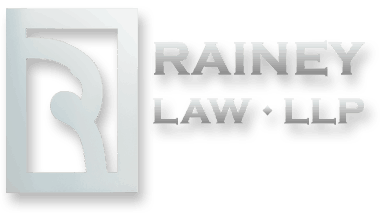Congress passed the Corporate Transparency Act on January 1, 2021, which will likely be one of the biggest shifts in business law in decades. This Part 2 covers

some not-so-good news related to the Corporate Transparency Act.
Corporate Transparency Act
As mentioned in Part 1: “The Good”, the Corporate Transparency Act requires “reporting companies” to provide the U.S. Treasury Department’s Financial Crimes Enforcement Network a report regarding the company’s “beneficial ownership”. “Reporting Companies” include all domestic and foreign companies. This requirement is retroactive and includes businesses that are already in existence. Businesses created on or before January 1, 2024, must submit the Beneficial Ownership Information by January 1, 2025. Any businesses created after January 1, 2024, have only 30 days to submit their report.
While there are exemptions to this requirement, the U.S. Treasury Department’s Financial Crimes Enforcement Network estimates over 30 million companies will need to provide this reporting – likely including most small businesses. This creates additional administrative burden on the reporting companies, and is an extra obligation business owners will need to remember to fulfill. Reporting Companies are also charged with providing updates to the Beneficial Ownership Information to the U.S. Treasury Department’s Financial Crimes Enforcement Network within 30 days of any relevant changes to the Beneficial Ownership Information.
Lack of Clarity on “Beneficial Owners”
An issue with the Corporate Transparency Act, is it may be more difficult to determine who is a beneficial owner who must be included on the Beneficial Ownership Information report. Reporting Companies must include information for every beneficial owner (unless exempted, see Part 1) who (i) substantially controls the business and (ii) owns or controls 25% or more of the company.
25% or More of the Company
While this may seem like an easy question, there can be multiple different “owners” of a particular interest in a company, especially if the interest is owned by a trust. Under the act, ownership is not as simple as determining who has title to the company’s units or stock. Ownership interest also includes (i) interests in capital or profit, (ii) an instrument convertible to a share, or any right to purchase or sell a stock or interest in capital/profit, (iii) an option or privilege of buying an ownership interest, and (iv) any other instrument used to establish ownership.
Determining whether a person or entity owns 25% or more of the ownership interests requires looking at the Reporting Company’s total outstanding ownership interests (all of the ownership interest types owned by any person) and comparing it to the ownership interests held by the particular person. If this calculation is unfeasible, the Act provides any person owning 25% or more of any type of ownership interest is deemed to own 25% or more of the Reporting Company.
Substantial Control
The question of whether an individual or entity directly or indirectly has substantial control is also less clear than it initially appears. Title 31, Section 1010.380 of the Code of Federal Regulations provides some guidance of what substantial control means. The Section provides three specific indicators of substantial control: (i) serving as a senior officer for the Reporting Company, (ii) having authority to hire or fire senior officers or the majority of a board of directors (or other like board), and (iii) directing, determining, or having substantial influence over important decisions for the Reporting Company. Determining whether these apply may require re-reading or making Bylaws or an Operating Agreement for your company.
However, the code also includes a catchall subparagraph in essence providing “An individual exercises substantial control over a reporting company if the individual . . . has any other form of substantial control over the reporting company.” This commits the cardinal sin of using a term to define itself, and does not provide clarity. It appears this subparagraph may need to be argued, and potentially litigated, before we understand more of what this catchall means.
Bad news: The Corporate Transparency Act adds a reporting requirement for millions of businesses and is less than clear on what all needs to be included in the report. Good news is: We’re here to help. Contact us to schedule a conference with us to discuss how you may fulfill any reporting requirements you may have. Call us at 405-753-1504 to schedule today! Visit our website or watch here to learn more about Rainey Law and how we can serve you!
